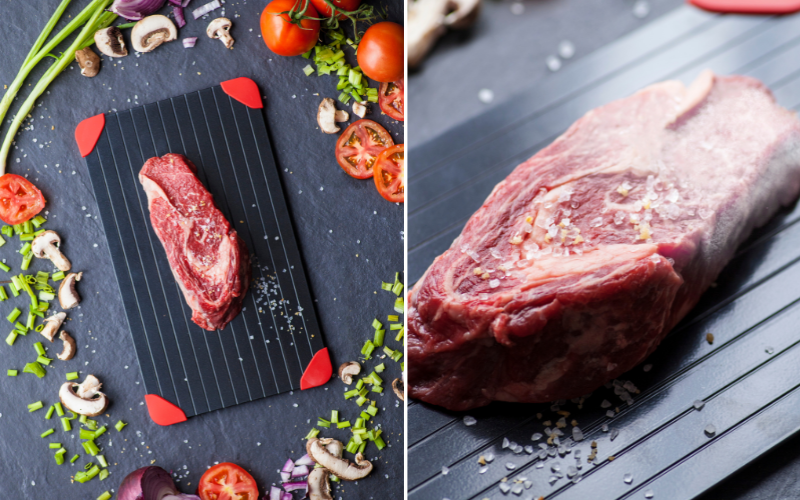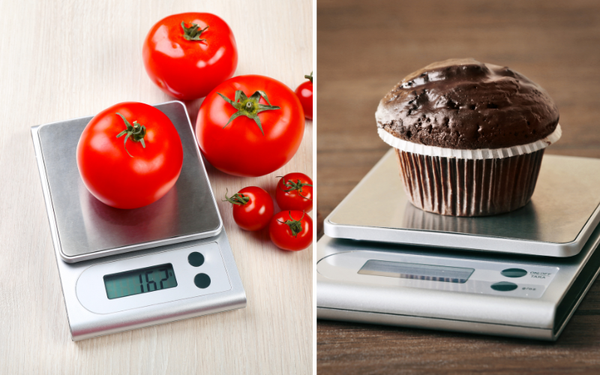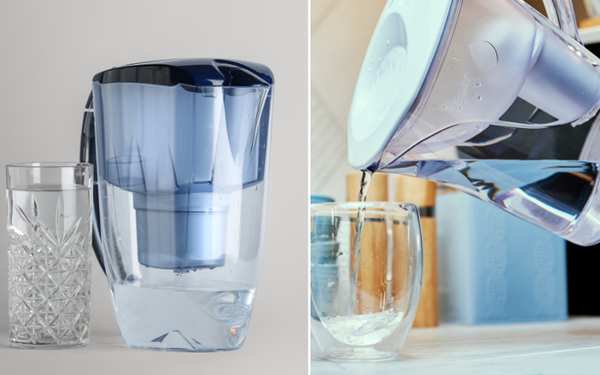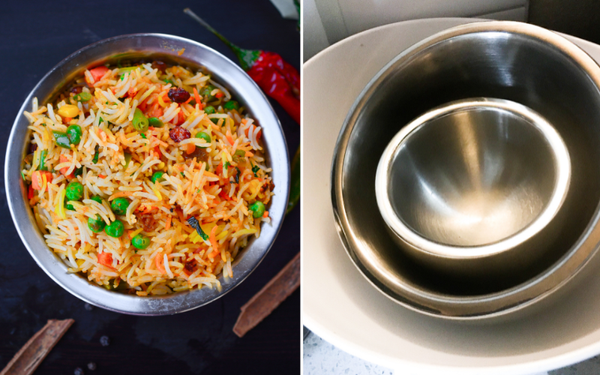We’ve all been there - staring at a rock-solid frozen steak, realizing we forgot to take it out of the freezer in time for dinner. What if there was a better way to speed up the thawing process? Discover defrosting trays, a kitchen tool designed to save you time and frustration. In this blog post, we’ll explore the science behind defrosting trays, their real-world performance, food safety considerations, and alternative thawing solutions. But the question remains: do defrosting trays actually work?
Key Takeaways
- Defrosting trays provide a faster thawing process than leaving food out on the counter due to their superior thermal conductivity.
- Tests demonstrate accelerated thawing of ice cubes and frozen steaks when using defrosting trays, although thickness of steak should be taken into account.
- Refrigerator thawing is safest option for thicker cuts. Cold water and microwaving are also viable methods with proper safety protocols followed.
Unveiling the Science Behind Defrosting Trays
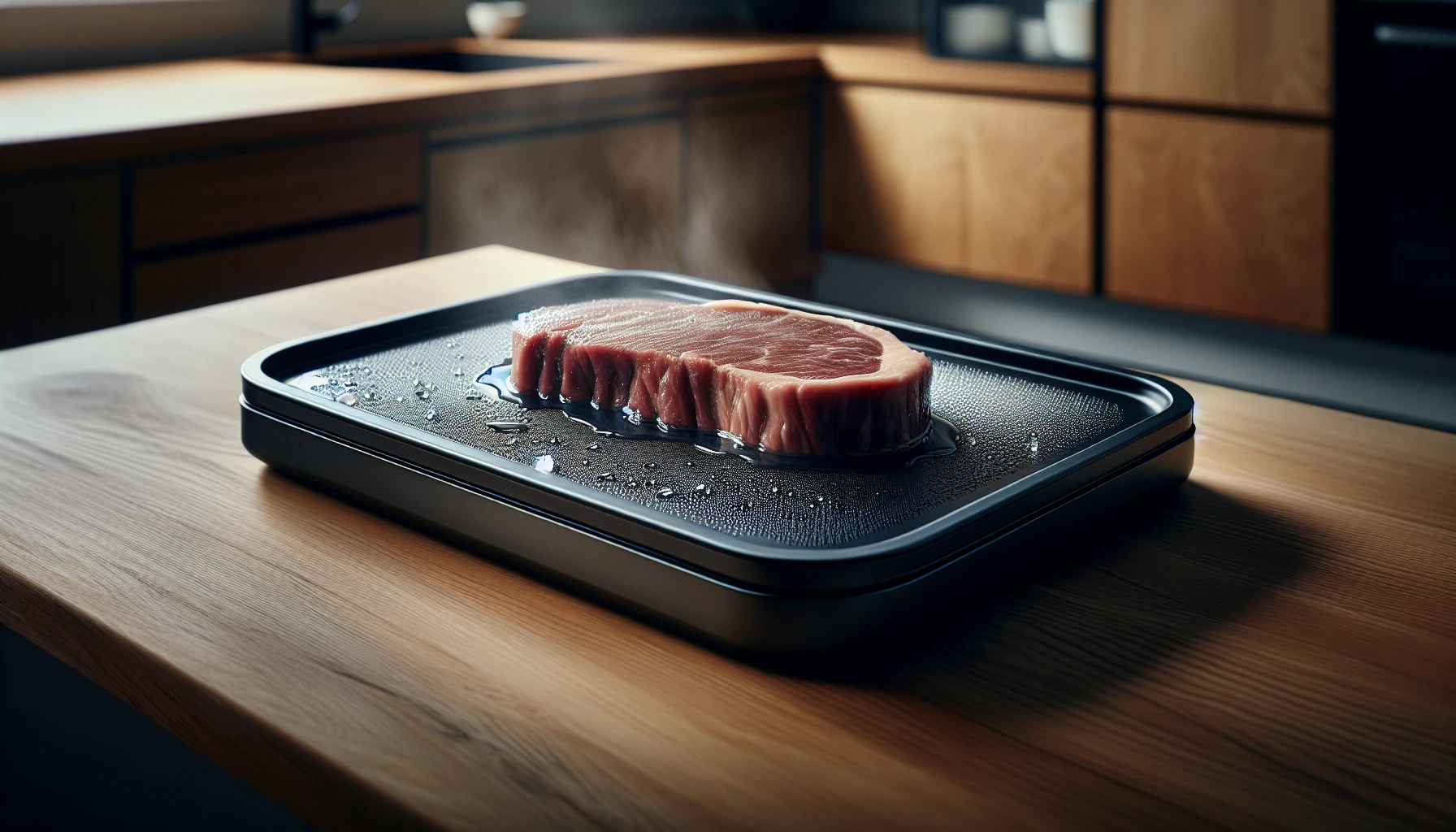
Defrosting trays use heat-conducting metals like aluminum or copper to quickly transfer heat from the tray to the frozen food, speeding up the thawing process. This allows food to thaw significantly faster than if it were left out on the counter, relying on room temperature air. However, keep in mind that the defrosting speed on the tray is greatly influenced by the meat’s thickness. This is because the tray warms the surface more effectively than the interior due to the meat’s poor heat conductivity.
The Conductivity Factor
The high thermal conductivity of metals like aluminum and copper makes defrosting trays effective for thawing frozen foods. These metals help the trays heat up and cool down quickly, speeding up the thawing process by transferring heat to the frozen food. In contrast, surfaces like wooden cutting boards act as insulators and may not provide the same level of quick defrosting as a defrosting tray.
The superior heat conductivity of defrosting trays compared to other surfaces like cast iron is what makes them stand out as a thawing solution. In fact, tests have shown that defrosting trays can cut defrosting time in half for meat. This is especially useful for those last-minute meal preparations when you need to thaw food as quickly as possible.
Comparing Surfaces
While the heat-conducting properties of defrosting trays make them a desirable choice for thawing food, understanding their comparison to other surfaces, not the interior, is key. In tests comparing defrosting trays to cutting boards, defrosting trays outperformed their wooden counterparts in thawing speed thanks to their heat-conducting properties.
This is due to the fact that metals like aluminum and stainless steel can thaw food faster than other surfaces, a feature particularly useful for those with limited time. However, it’s important to remember that defrosting trays may not be the best solution for all frozen items, as their effectiveness can vary depending on factors such as the thickness of the food being thawed.
Real-World Performance: Thawing Tests with Defrosting Trays
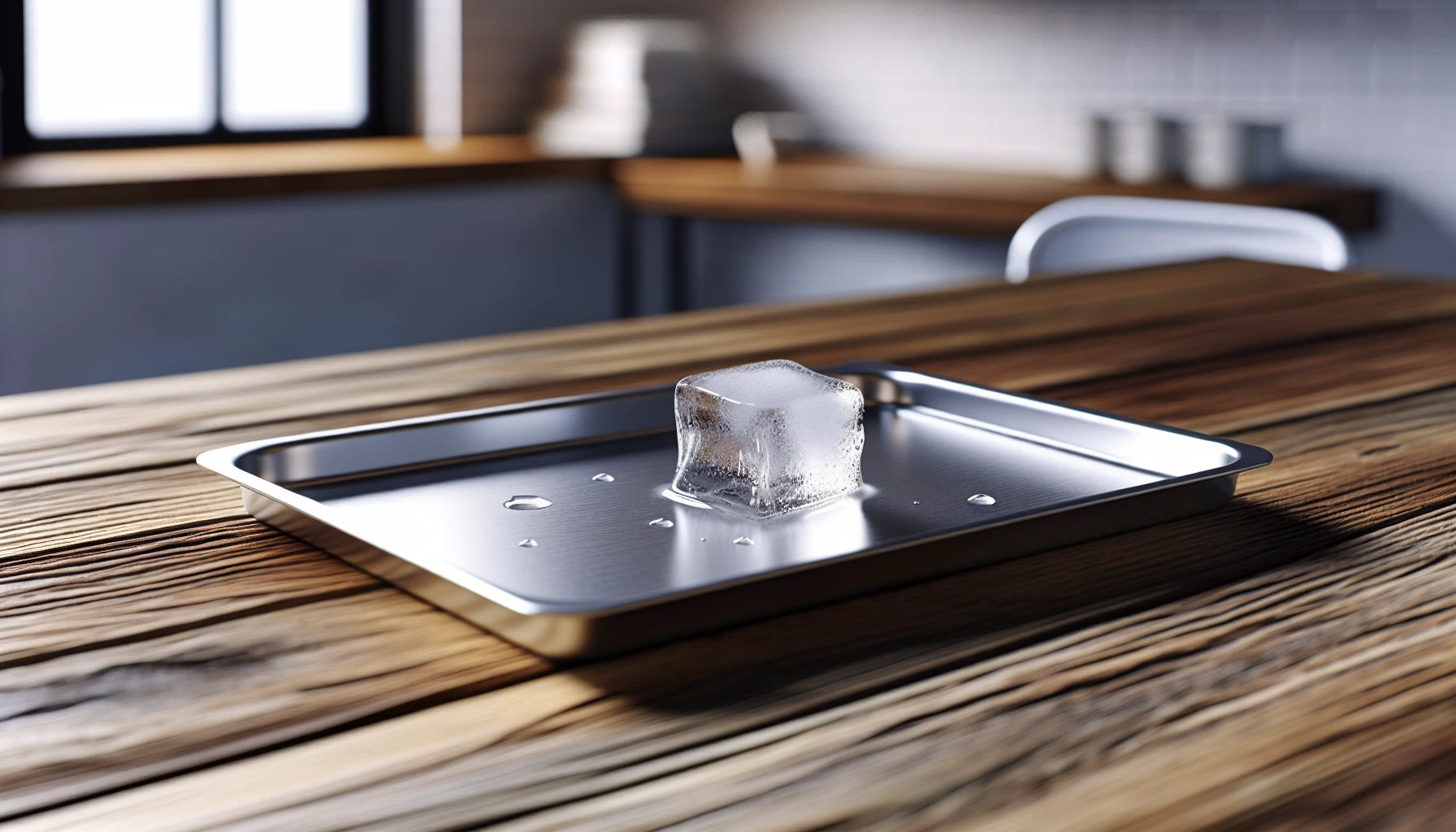
To evaluate the effectiveness of defrosting trays, several thawing tests were conducted on various frozen items, including ice cubes and steaks. These tests aimed to provide a better understanding of how well defrosting trays work in real-world scenarios and whether they can save time in the kitchen.
Ice Cube Challenge
The Ice Cube Challenge test is designed to evaluate the rate of thawing for ice cubes on various surfaces. In this test, an ice cube placed on an aluminum tray melted rapidly, becoming completely liquid within three minutes. In contrast, the control ice cube on a wooden cutting board remained solid.
This experiment shows a notable increase in thawing speed when using defrosting trays compared to other surfaces. The rapid thawing of ice cubes on defrosting trays is attributed to the principle of heat transfer, as these trays are engineered to draw heat from the ambient environment, thus expediting the thawing process.
Frozen Steak Scenario
The results of thawing frozen steaks may not be as remarkable as with ice cubes. In a steak thawing experiment, a defrosting tray did not thaw the steak significantly faster than simply leaving it on a kitchen counter. The thickness of the steak plays a significant role in the thawing time, with larger and thicker cuts taking longer to thaw.
This suggests that while defrosting trays can be useful for thawing certain items, they may not always provide a noticeable difference in thawing time compared to other methods. In these cases, it’s essential to consider alternative thawing solutions to ensure even and safe thawing of your frozen foods.
Food Safety Considerations When Using Defrosting Trays
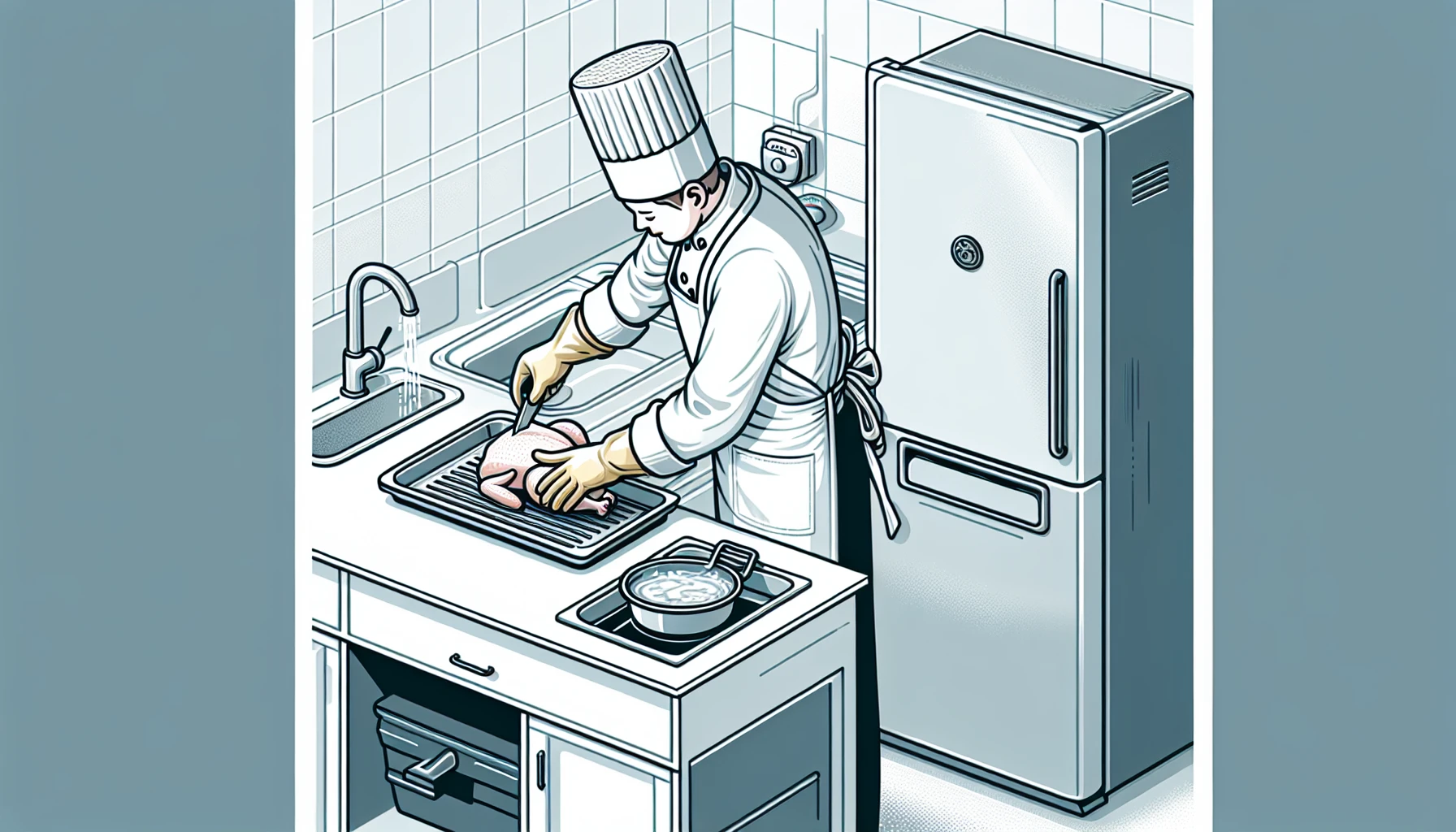
Improper use of defrosting trays could lead to food safety risks. It’s crucial to remember that bacteria multiply faster at room temperature, which is why perishable foods should not be left out for extended periods. Defrosting trays do not have a direct influence on the rate of bacterial growth, but if food is not thawed correctly, bacteria may proliferate on the surface of the food during the defrosting process.
Following proper guidelines when using defrosting trays is necessary to minimize the risk of bacterial growth. These guidelines include:
- Ensuring that the food is completely thawed before cooking
- Maintaining cleanliness
- Promptly transferring thawed food from the tray to the cooking surface.
Safe Thawing Practices
To ensure safe thawing, it’s essential to follow proper guidelines. When using a defrosting tray to defrost meat, make sure to adhere to safe food handling practices and avoid common mistakes that can lead to foodborne illness. Some of these mistakes include thawing meat on the counter at room temperature, using hot water to thaw food, or not allocating sufficient time for proper thawing in the refrigerator.
By following safe thawing practices, you can minimize the risk of bacterial growth and ensure that your food remains safe to consume. This includes:
- Using the refrigerator for thawing
- Using cold water for thawing
- Using the microwave for thawing
- Using a defrosting tray
Ideal Thawing Methods
While defrosting trays can be a convenient option for thawing frozen foods, the refrigerator is considered the safest method for thawing, especially for thicker cuts of frozen meat. Thawing in the refrigerator allows for a slow and even process, which helps maintain food safety and quality.
In addition to using the refrigerator, other safe thawing methods include cold water and microwaving. Each method has its advantages and drawbacks, so it’s essential to choose the most suitable method based on your specific needs and the type of food you’re thawing.
Cooking After Thawing: Ensuring Quality and Safety

Cooking after using a defrosting tray to thaw meat can yield better results if done correctly. By ensuring even cooking and food safety, you can enjoy a delicious meal without the worry of bacteria or unevenly cooked food. When cooking meat after thawing on a defrosting tray, it’s essential to adhere to safety protocols, such as ensuring the meat is completely thawed before cooking and using a food thermometer to guarantee the meat reaches the necessary internal temperature for safe consumption.
By following these guidelines, you can maintain food safety and quality while enjoying the benefits of defrosting trays. Remember, the key to a great meal is not just the ingredients but also the preparation and cooking techniques that ensure a safe and enjoyable dining experience.
From Tray to Pan
Promptly moving thawed food from the tray to the pan is key to preserving food safety and quality. If the transfer is delayed, the food may be exposed to the ‘danger zone’ temperature range (40°F - 140°F) for an extended period, which can lead to bacterial growth and even food poisoning. Moreover, the quality of the food is likely to diminish if it is left outside of proper storage conditions for an extended period.
To ensure a smooth transition from tray to pan, follow these steps:
- Use a spatula or tongs to carefully lift the thawed food from the tray.
- Transfer the food to the pan.
- Promptly transfer the food to minimize the risk of bacterial growth.
- Adhere to safe food handling practices. By following these steps, you can enjoy a delicious meal prepared with your defrosting tray while minimizing the risk of foodborne illness.
Dishwasher Safe Convenience
Many defrosting trays are dishwasher-safe, making cleanup easy and convenient after use. To ensure proper cleaning of defrosting trays, follow the manufacturer’s instructions for specific cleaning recommendations for your tray. Maintaining cleanliness helps you meet food safety standards and keep your defrosting tray as a useful kitchen tool for years to come.
The convenience of dishwasher-safe defrosting trays, such as a flat tray, allows you to focus more on the enjoyment of your meal, knowing that cleanup will be a breeze. With proper care and maintenance, your defrosting tray can continue to work miracles in your kitchen, saving you time and frustration when thawing frozen foods.
Alternative Thawing Solutions
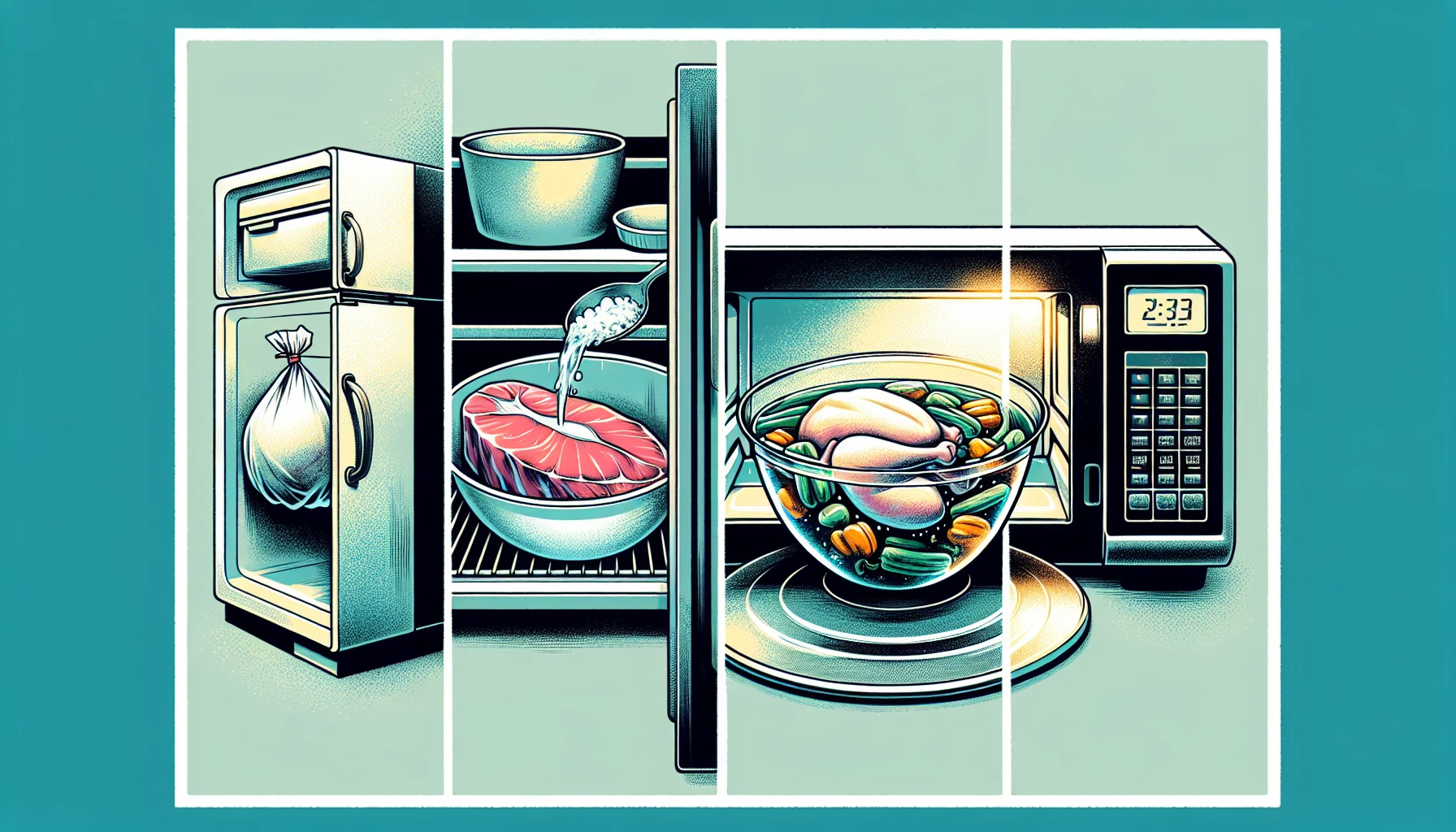
If a defrosting tray doesn’t meet your needs, no need to worry - there are other thawing methods you could consider. The refrigerator, cold water, and microwave are all viable options for thawing frozen foods safely and effectively. Each method has its advantages and drawbacks, so it’s essential to choose the most suitable method based on your specific needs and the type of food you’re thawing.
Exploring alternative thawing solutions allows you to properly and safely thaw your frozen food, regardless of your choice to use a defrosting tray or not. The key is to find the method that works best for you and your kitchen, allowing you to enjoy delicious, evenly cooked meals every time.
Summary
In conclusion, defrosting trays can be a valuable tool in the kitchen, saving time and frustration when thawing frozen foods. Their heat-conducting properties make them efficient at speeding up the thawing process, while also providing an easy-to-clean, dishwasher-safe solution. However, it’s essential to follow proper safety guidelines and consider alternative thawing methods if a defrosting tray isn’t the best fit for your needs.
By understanding the science behind defrosting trays, their real-world performance, and the importance of food safety considerations, you can make informed decisions when it comes to thawing your frozen foods. With the right thawing method in place, you can enjoy delicious, perfectly cooked meals without the stress of waiting for your frozen food to thaw.
Frequently Asked Questions
Does defrosting plate work?
The defrosting tray works, though the speed of thawing is dependent on the thickness of the meat being defrosted. The metal tray is a good heat conductor, and it quickly warms the surface of the frozen food, allowing for cold temperatures to migrate into the tray.
How long does it take for a defrosting tray to work?
A defrosting tray can thaw frozen meat in approximately 30-60 minutes, depending on the thickness of the cut. It works quickly and evenly using conduction to transfer warmth across the tray's surface.
How does the Miracle Thaw defrosting tray work?
The Miracle Thaw utilizes a superconductive metal alloy to absorb heat and quickly transfer it to your frozen item. Just set it on the tray and watch it work!
What can you defrost on a defrosting tray?
A defrosting tray is a durable and easy-to-use surface that allows you to thaw frozen chicken breasts, steak, pork chops, vegetables, and more in 30-60 minutes depending on thickness. With its 14x8 inch size, it can handle typical cuts of meat such as fillets, steaks, or chicken breasts.
Are defrosting trays dishwasher safe?
Most defrosting trays are safe to use in a dishwasher, making cleanup simple and straightforward.
You Might Also Like...
